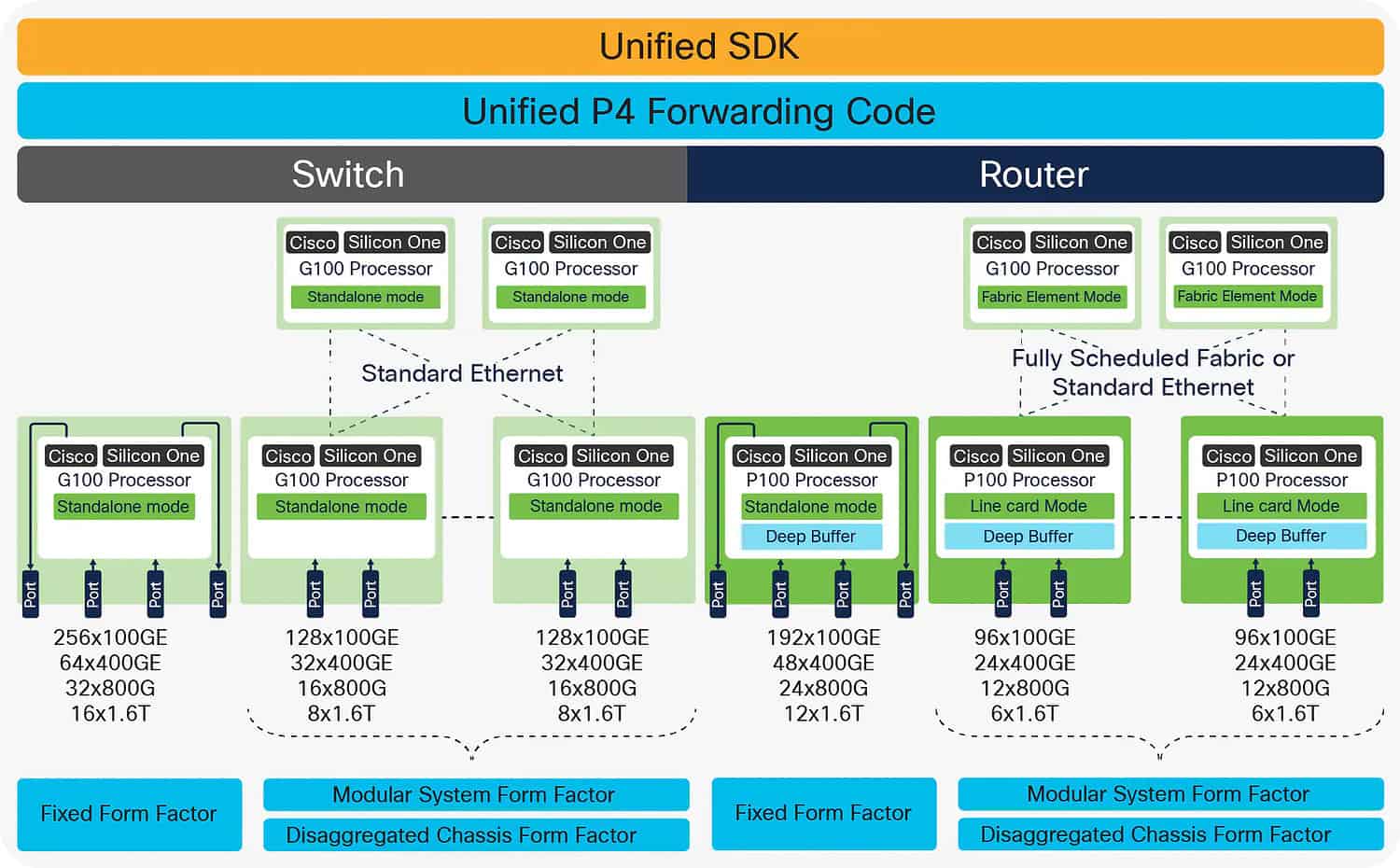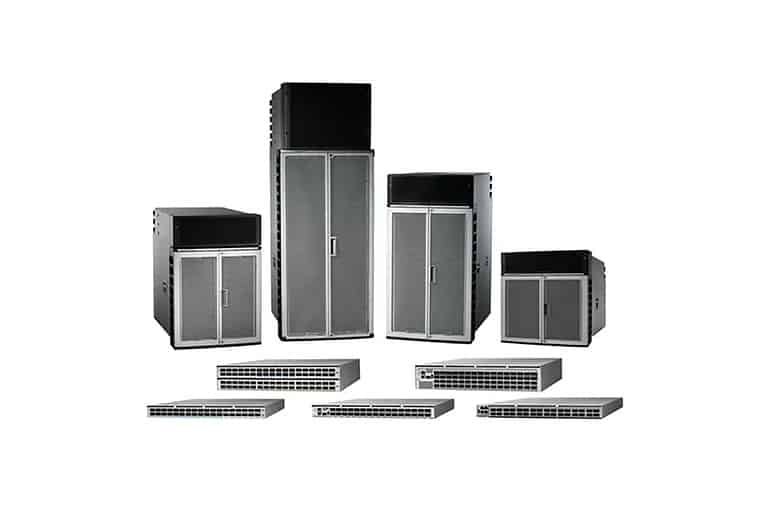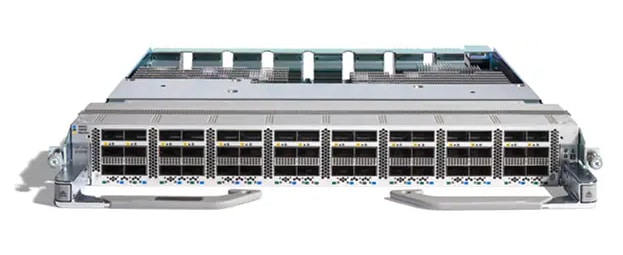36 800G ports in a single line card provide 28.8 Tbps of bandwidth.
The products within the Cisco 8000 series don’t always get a lot of attention. Not with us and not with other media. In itself, this is not surprising, since they are intended for a fairly small portion of the market. Still, it’s good to keep an eye on developments in that area. Big steps forward in bandwidth will happen there first. After all, that’s where the potential gains for customers are greatest.
Up to 518 Tbps per chassis
The announcement we are talking about in this article is certainly worthy of note. The new line card (the 88-LC1-36EH, for enthusiasts) for the Cisco 8000 series router systems (routers in chassis form) can mean a big step for customers in terms of efficiency, both in the economic and green sense of the word. With a line card that offers 36 800G ports and thus a total bandwidth of 28.8 Tbps, you can process much more data in a smaller area than with line cards that have 400G or 100G ports. That means fewer hardware purchases, more throughput per square foot and lower power consumption. Cisco claims it requires 6x less space than current 400G solutions. It should also have 68 percent lower power consumption when migrating from 400G to 800G.
The system is further modular, so you can get a Cisco 8800 router in a variety of sizes. From 4, 8, 12 to 18 slots per chassis. An 18-slot modular chassis then involves no less than 648 800G ports, good for 518 Tbps. Each port can also be used as 2x400GbE or 8x100GbE. So that brings you to 72 x 400G and 288 x 100G ports per slot per line card.
Silicon One P100 ASIC
The innovations in the Cisco 8000 series routers are possible thanks to the Silicon One P100 ASIC. Cisco has been putting Silicon One chips into networking equipment for quite some time. Just last year we noted that these chips had also found their way into Catalyst hardware. The Silicon One architecture is designed to bridge different functions, form factors and market segments. By having them all routed and switched on the same architecture, you can make big efficiency gains. Importantly, Silicon One is an ASIC, so it is not a generic processor. It is intended for a specific use case. Among other things, that means they receive exactly the functionality needed in a specific environment. And that, in turn, makes for greater efficiency.

AI and IoT demand more and more bandwidth
According to the continuous development of Silicon One and thus of the products equipped with it is necessary. More and more IoT devices are emerging, all connecting via 5G or Wi-Fi. That’s not all, however, because all the data these devices generate must also be processed. Those will increasingly be AI/ML workloads. AI/ML are creating increasingly robust bandwidth requirements in (large) data centers anyway. Consider the rapid rise of ChatGPT. The new Cisco 8800 routers with the new line card should take care of that.

